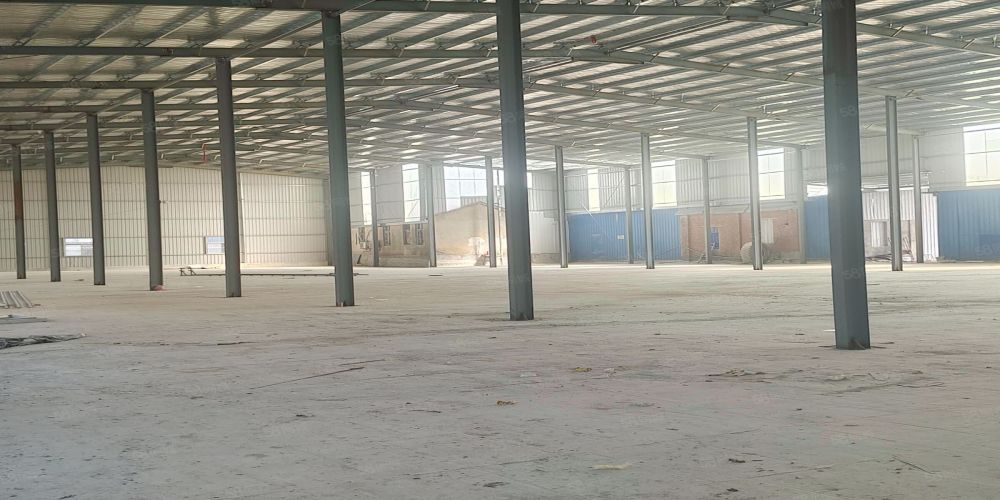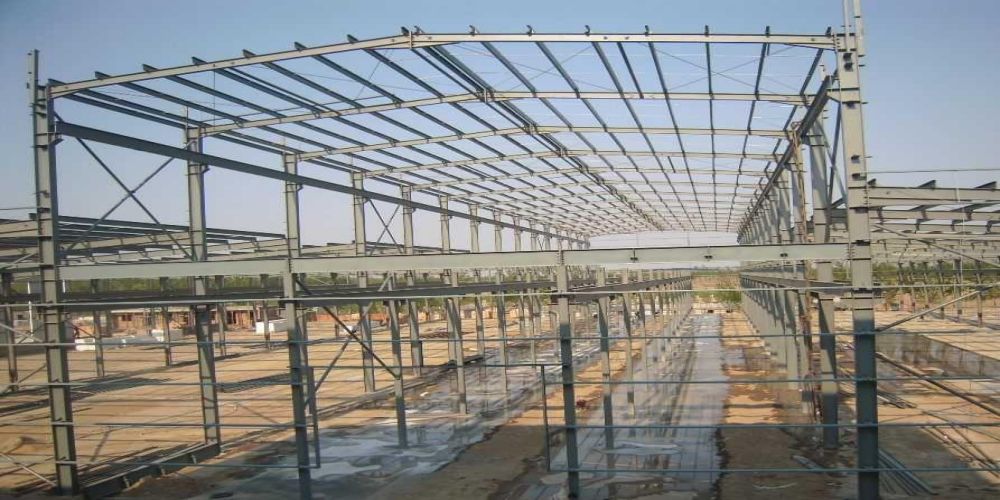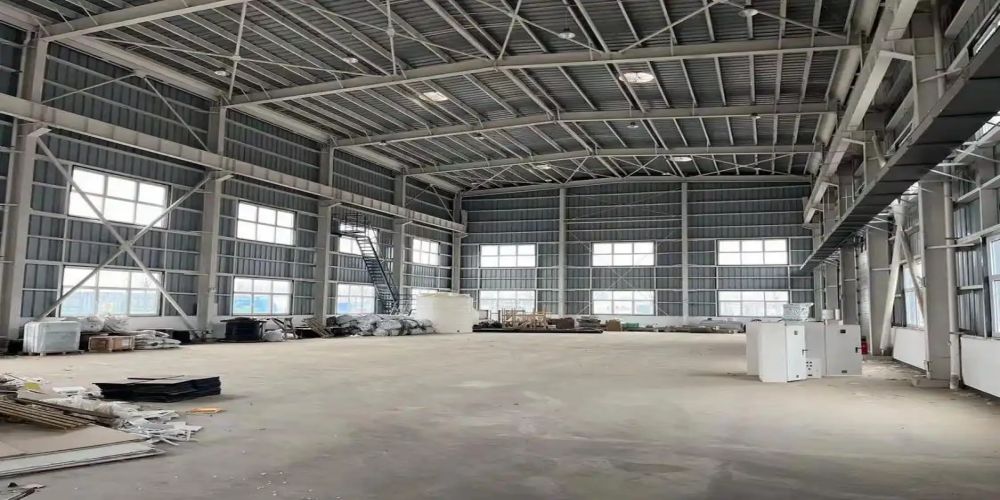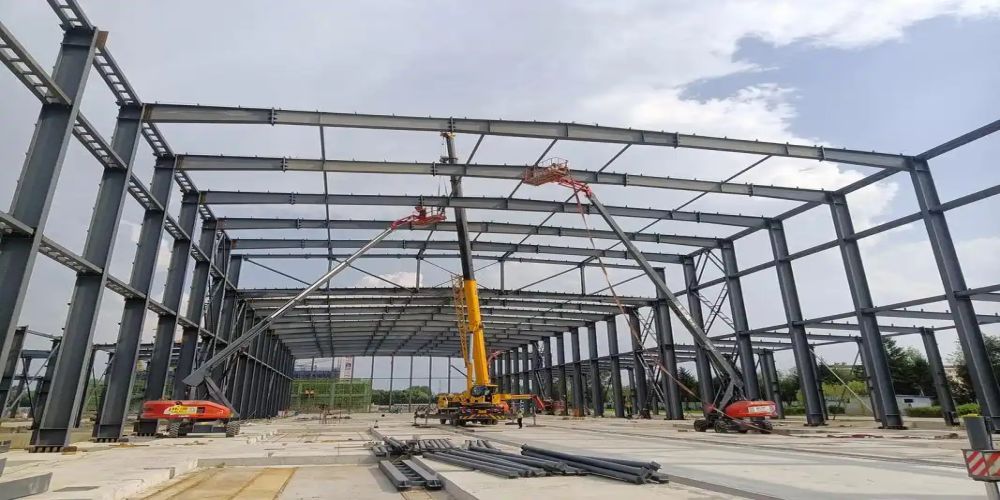What are the similarities and differences between the stress amplitude criterion and the stress ratio criterion and their respective characteristics?

The fatigue design of steel structures has long been based on the stress ratio criterion.For a certain number of load cycles, the fatigue strength σ max of a member is closely related to the stress cycle characteristics represented by the stress ratio R. By introducing a safety factor for σ max, a fatigue stress tolerance value (σ max) = f (f) is obtained for design purposes.By introducing a safety factor for σmax, a fatigue stress tolerance (σ max) = f(R) is obtained for design purposes, which limits the stress to (σ max), and this is the stress ratio criterion.Since welded structures are used to withstand fatigue loads, the engineering community has gradually realised from practice that the fatigue strength of such structures is closely related not to the stress ratio R, but to the stress amplitude Oσ .Stress amplitude criterion is calculated as Oσ ≤ (Oσ ) (Oσ ) is the allowable stress amplitude, which varies with the construction details, but also with the number of cycles before damage.The reason why it is appropriate to use the stress amplitude as a criterion for fatigue calculations of welded structures is due to the residual stresses within the structure.Non-welded members.For stress cycles with R >= 0, the stress amplitude criterion is fully applicable, since the difference in fatigue strength between members with and without residual stresses is not significant.For stress cycles with R < 0, the stress amplitude criterion is more on the safe side.




